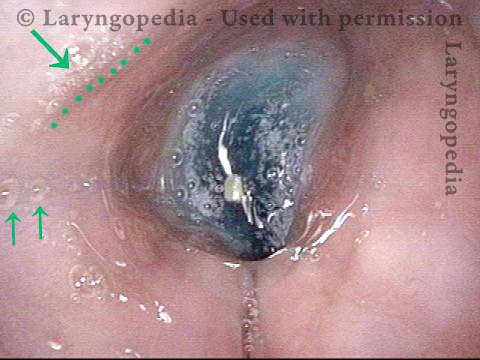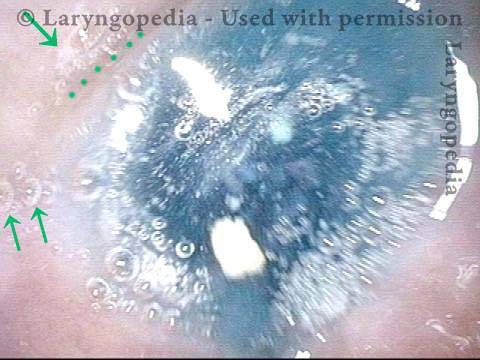Gastroesophageal reflux disease (GERD) is a syndrome caused by structural or functional incompetence of the lower esophageal sphincter, such that it permits retrograde flow of acidic gastric juice into the esophagus, and up to the level of the larynx and pharynx (throat). GERD is made more likely by obesity, large, late meals before bed, alcohol, and acidic, salty, or spicy foods. Treatment can include dietary modification, placing the frame of the bed on a head-to-toe slant, and a variety of medications that decrease stomach acidity.
Sometimes acid reflux is diagnosed when it isn’t the real problem. The do-it-yourself trials in this downloadable article can help a person and his or her personal physician verify if acid reflux is the appropriate diagnosis: When Acid Reflux Treatment Takes You Down a Rabbit Trail.¹
1. Originally published in Classical Singer, April 2009. Posted with permission.

